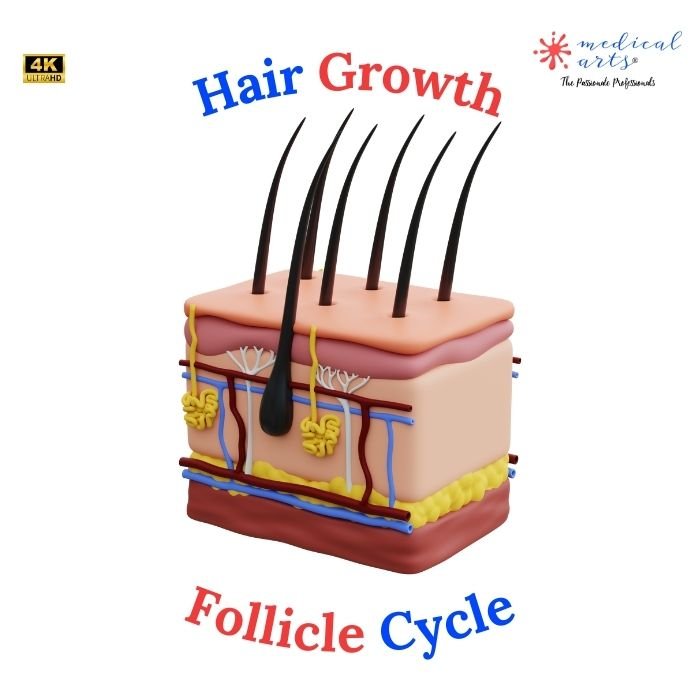Hair Growth ➰ Follicle Cycle
Hair, a distinguishing characteristic of mammals, plays a significant role in humans' appearance, protection, and sensory function. The growth cycle of hair is a testament to the body's regeneration capabilities, following a well-orchestrated sequence of phases, each with its duration and purpose.
1. Anagen Phase (Active Growth)
The anagen phase is the period when the hair is actively growing. Cells at the base of the hair follicle divide rapidly, forming the new hair. This phase varies in length for different hair types; scalp hair has a long anagen phase lasting from 2 to 7 years, while the body hair anagen phase is much shorter. The rate of hair growth can also vary from person to person, influenced by genetic and environmental factors, but on average, scalp hair grows about 1 cm per month.
2. Catagen Phase (Transition Stage)
After the period of active growth, hair enters the catagen phase. This phase lasts about 10 days and is characterized by the end of hair growth due to hair detachment from the dermal papilla. The follicle shrinks and begins the process that will lead to forming a club hair, signalling the transition to the next stage.
3. Telogen Phase (Resting Stage)
The hair follicle is at rest during the telogen phase, which lasts approximately 3 months. The club hair, formed during the catagen phase, remains in place but does not grow. About 10-15% of all hairs are in this phase at any given time. Club hairs do not necessarily fall out during this stage but are often retained until pushed out by the new hair growth that follows.
4. Exogen Phase (Active Shedding)
The exogen phase is not a separate phase but a part of the telogen phase, where the club hair is actively shed. This phase varies significantly among individuals, with an average daily shedding of 50 to 100 hairs. It is a natural and essential component of the hair growth cycle, allowing new growth.
5. Return to Anagen Phase (Growth Re-initiation)
As the exogen phase concludes, the hair follicle re-enters the anagen phase, where a new hair forms. This new hair will eventually push out the old club hair and start the cycle anew.
Regulatory Factors
Many factors, including genetic predisposition, hormonal balances, and environmental influences, regulate the hair growth cycle. Seasonal changes can also affect the hair growth cycle, with many people experiencing faster hair growth in the summer due to increased hormonal activity and blood supply to the hair follicles.
Nutritional Influences
Nutritional status is a crucial factor in hair growth. Deficiencies in essential nutrients can lead to a shortened anagen phase and affect the health and structure of new hair.
Aging and Hair Growth
As individuals age, the hair growth cycle can be affected. Some hair follicles may cease to produce new hairs, leading to hair thinning and loss.
Conclusion
The hair growth cycle is a fascinating process of renewal and regeneration. Understanding its phases and influencing factors can provide valuable medical and cosmetic application insights. It is a delicate balance, finely tuned by nature, that allows our hair to grow, transition, rest, and renew itself in a continuous cycle.


Comentario (1)
Hair growth treatment